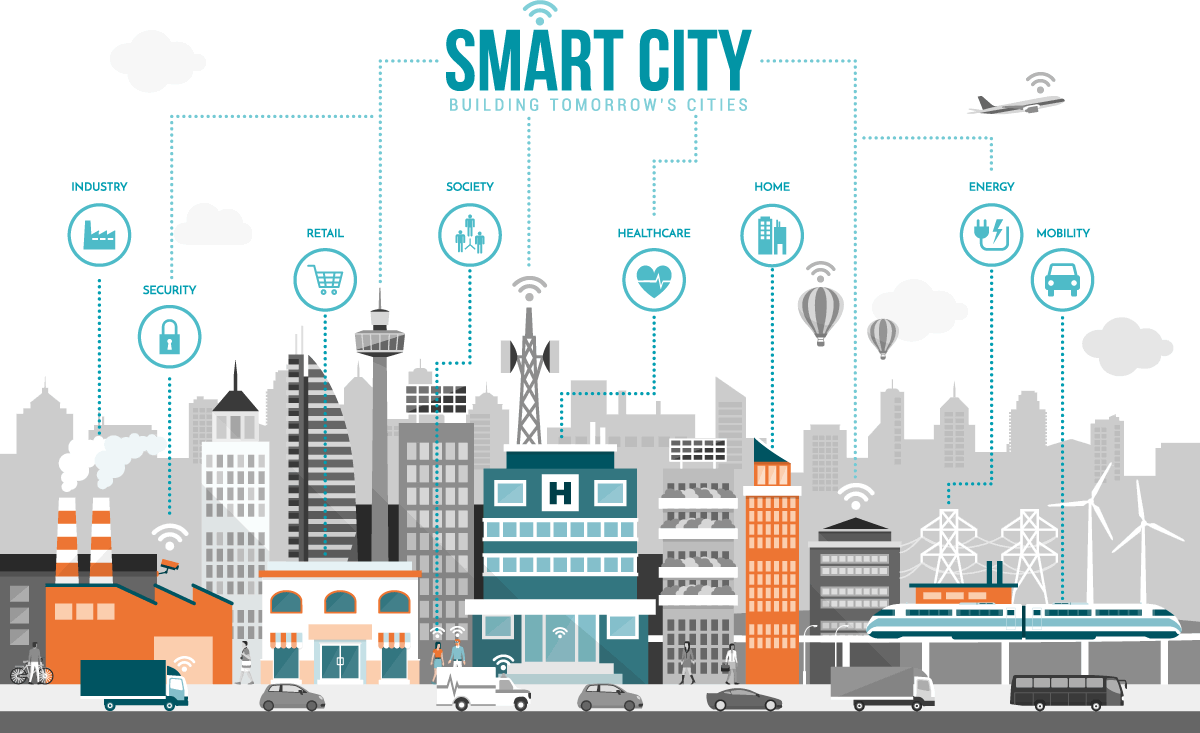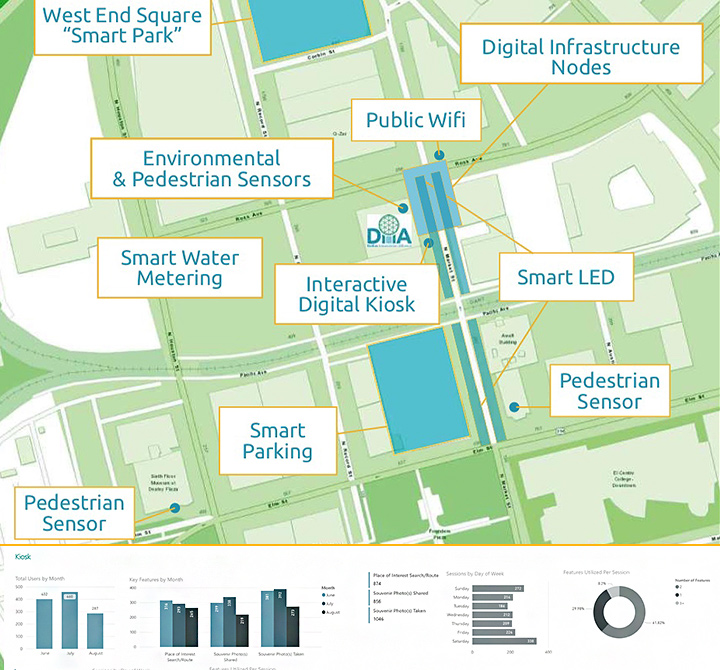Why we need Smart Cities?
The outcome of our centuries-old model of city growth is skyrocketing inequality. We’re now in a situation wherein the political, economic and social environment is fractured, many citizens distrust elected officials to act on their behalf, and government bureaucracy is seemingly unable to provide efficient and effective services. Needless to say, that’s undesirable on many levels.The crux of the problem? We continue to build cities that are net contributors to the very problems we seek to solve. Our cities get bigger, commute times get longer, the impact on our environment gets worse. What do we do? We build bigger roads and provide services further away from where people live and don’t take cogent environmental action.
This is a global challenge. Examples in China, India, Africa and here in Australia vividly illustrate the need for smarter solutions to deal with massive population growth, rural to urban migration, and resource depletion.
We need to transform our cities. Not just once, but continuously.

